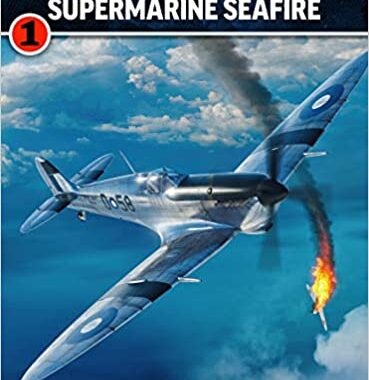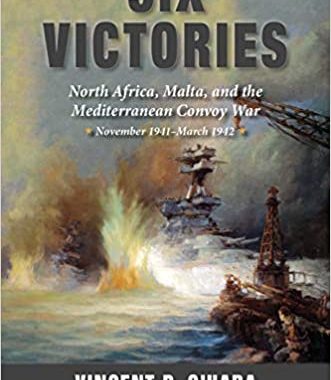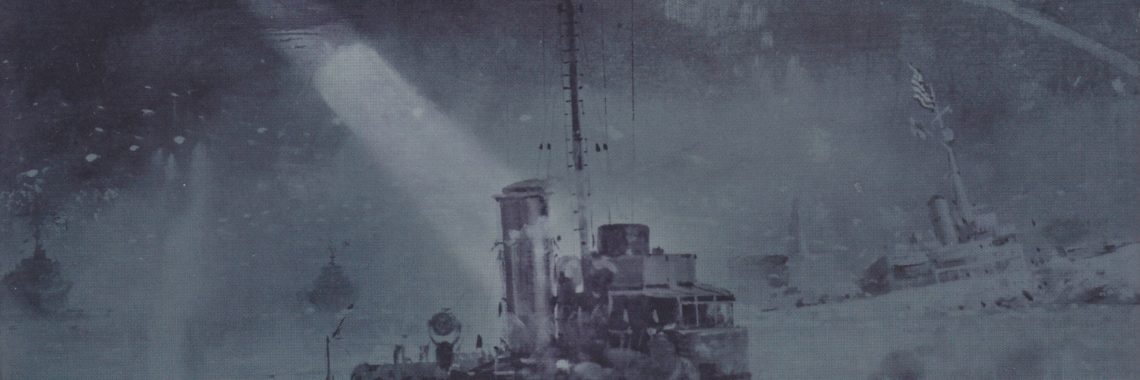Fleet Air Arm Legends: Supermarine Seafire
Reviewed by Jeff Schultz. Matthew Willis’s Supermarine Seafire offers a brief yet discerning look at the Supermarine Seafire in Fleet Air Arm service from 1942-1950. Meant to fulfil a desperate need for a modern fighter aboard the Royal Navy’s carrier decks in the chaotic early days of World War II, the Seafire rose doggedly to




